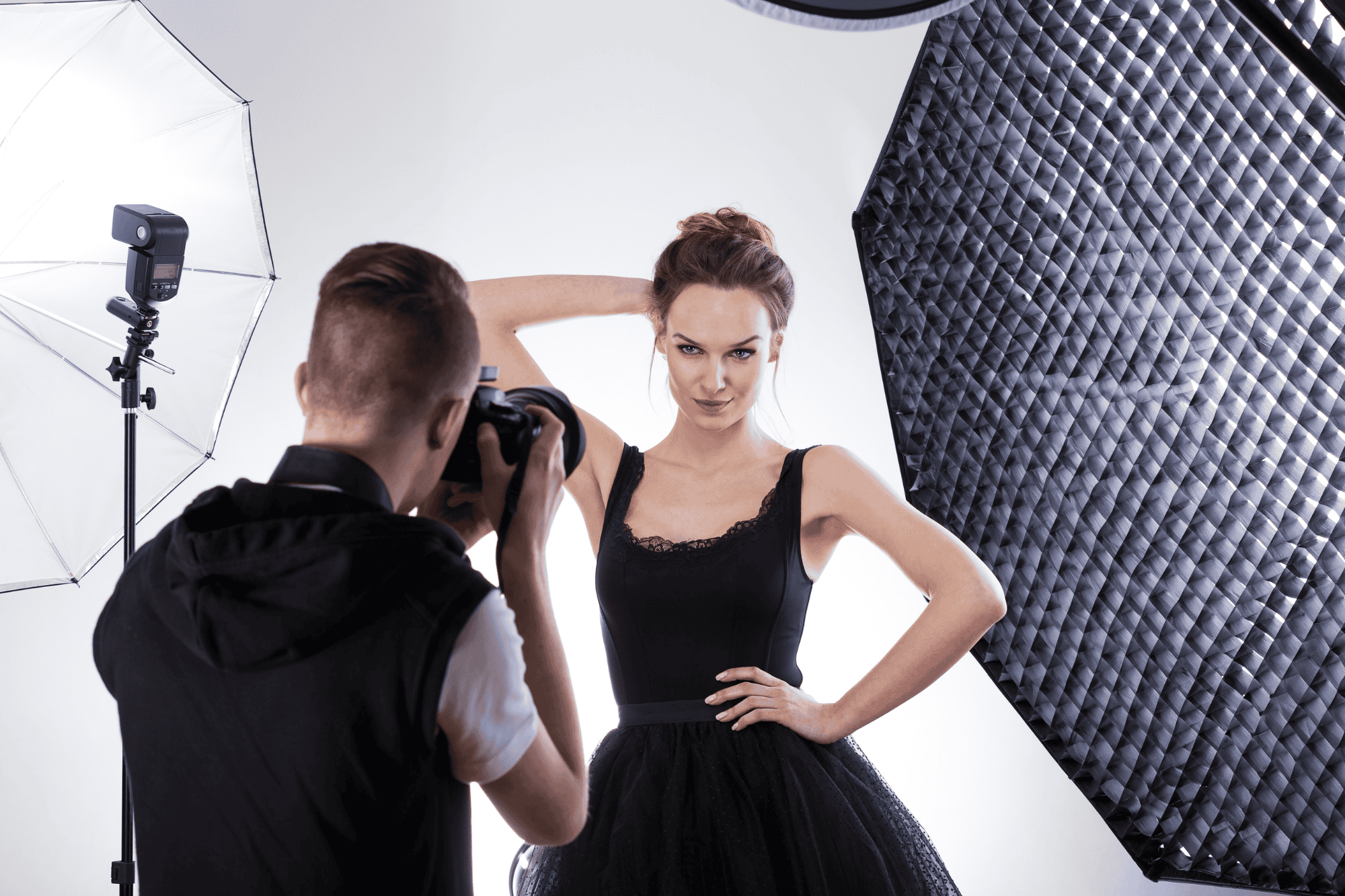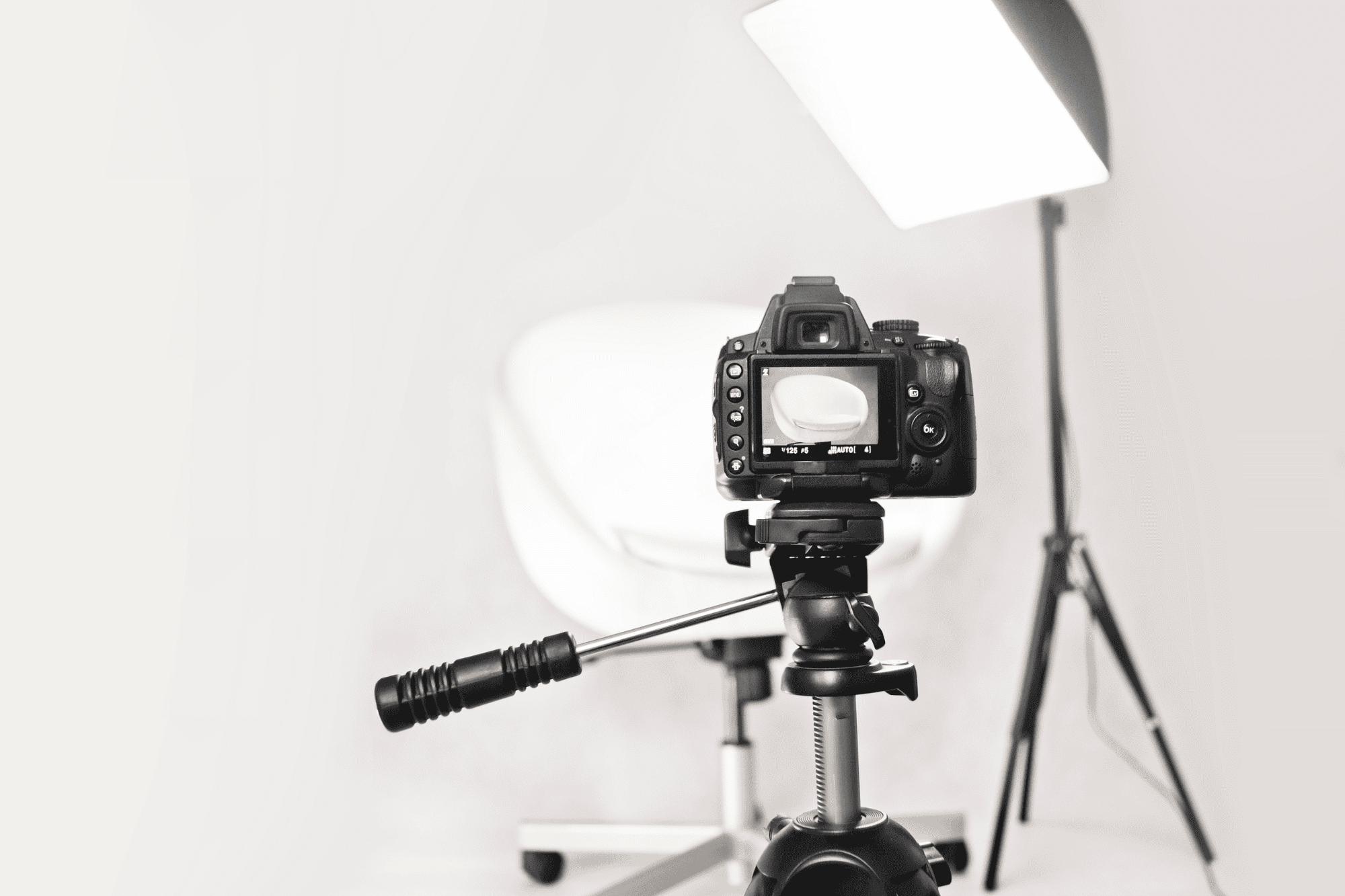Your wedding day is one of the most memorable events of your life, and capturing those moments in photos is essential.
To ensure you look stylish and natural in your wedding photos, it’s not just about the right attire or venue—how you prepare, present yourself, and connect with your photographer can make all the difference.
With thoughtful planning and a relaxed approach, your wedding photos will reflect your true self and the special emotions of the day. Here are some practical tips to help you achieve timeless, elegant wedding photos.
Let’s get straight to the point.
To look stylish and natural in your wedding photos, focus on more than just your attire or setting. Discuss your vision with your photographer in advance to ensure a smooth session.
Practising poses beforehand will help you feel comfortable, and paying attention to your posture and genuine emotions will create elegant, natural shots.
Opt for comfortable outfits, maintain good posture, and use natural lighting for the best results.
Trust your photographer’s expertise, involve your bridal party, and enjoy candid moments to capture real emotions. Staying hydrated and being yourself will lead to timeless, meaningful photos.
Guide For A Stylish Wedding Photos
Wedding photography captures one of the most important days in a couple’s life. Ensuring the photos reflect the event’s beauty, love, and emotion requires both skill and creativity.
Whether you are a professional photographer or simply aiming to improve your wedding photography, here are some essential tips to take stylish wedding photos that stand out.
Get To Know The Couple’s Style
Before the big day, it’s important to understand the couple’s vision for their wedding photos.
Each couple has its own preferences—some may prefer candid, natural shots, while others may want more formal, posed images. Discuss with them their style, favourite themes, and specific moments they want to be captured.
Knowing their preferences will help you tailor your approach, ensuring the final photos match their expectations.
This connection with the couple will make them more comfortable in front of the camera, resulting in more relaxed, authentic photos.
Scout The Location
Visit the wedding venue beforehand to get a feel for the space. Scouting the location allows you to identify the best spots for photos and assess the lighting conditions at different times of the day.
This preparation helps you avoid surprises on the wedding day and lets you plan for the shots you want to capture.
Knowing the venue in advance can also inspire creativity. Look for interesting architectural features, natural elements, or unique angles that can add a stylish touch to your photos.
Make The Most Of Natural Light
Natural light is one of the most flattering lighting sources for wedding photography.
Soft daylight, especially during the “golden hour” (just after sunrise or before sunset), can give photos a warm, romantic glow.
Position the couple so the light falls softly on their faces, avoiding harsh shadows.
If you’re shooting indoors, use window light as much as possible. Find shaded areas for more balanced lighting when shooting outside in bright sunlight. Avoid using flash whenever possible, as natural light creates a more elegant and stylish effect.
Use Creative Angles And Perspectives
Experimenting with different angles and perspectives can make your wedding photos more stylish.
Avoid taking all your shots from eye level—try getting low to the ground or shooting from above for a unique viewpoint. Depending on how they are used, angles can add drama or a sense of intimacy.
For example, capturing a wide-angle shot of the couple in front of a grand backdrop can create a sense of scale and awe.
Close-up shots of intimate moments, like the couple holding hands, can provide a personal touch. Play with different perspectives to create a diverse collection of photos that tell the full story of the day.
Focus On Candid Moments
While formal shots are important, candid moments often capture genuine emotions. Watch the couple and guests during key moments, such as the vows, speeches, or first dance.
These moments are full of natural expressions and interactions that make for beautiful, heartfelt photos.
Stay in the background and use a longer lens to avoid being intrusive. This allows you to capture authentic moments without interrupting the flow of the day. Candid shots add depth to the wedding album and balance the posed images.
Direct With Subtlety
Sometimes, a little direction is needed to get the best shot, but it’s important not to overdo it.
Offer gentle suggestions that help the couple relax, such as asking them to walk hand in hand or share a quiet moment. Posing should feel natural and not forced.
Give the couple prompts to interact with each other instead of posing stiffly for the camera.
This can create a more organic feel to the images. The goal is to keep them comfortable, allowing their personalities and relationships to shine through.
Capture The Details
Stylish wedding photos aren’t just about the people—they also capture the little details that make the day special.
Focus on elements like the wedding rings, floral arrangements, table settings, and even the bride’s dress. These details are often carefully chosen by the couple and contribute to the overall style of the wedding.
Close-up shots highlight and incorporate these elements into the day’s story. Focusing on these small details creates a more complete and personalised photo collection.
Make Use Of Black And White Photography
Black-and-white photography can add a timeless, elegant touch to wedding photos.
Stripping away colour allows the viewer to focus on the emotions, contrast, and composition of the image.
Black-and-white is especially effective for emotional moments, such as the first dance or the exchange of vows.
Use this technique sparingly. Choose moments where the absence of colour will enhance the impact of the image, creating a sophisticated and stylish look.
Consider The Composition
Composition is key to creating stylish wedding photos. Use techniques like the rule of thirds to position your subjects in a visually pleasing way.
This involves dividing your image into a 3×3 grid and placing the subject along the lines or at the intersections rather than in the centre.
Look for natural frames, such as doorways or archways that can surround your subject and add depth to the image.
Symmetry, leading lines, and negative space are all powerful composition tools that can make your photos stand out.
Stay Flexible And Ready For Spontaneity
While planning is essential, it’s equally important to stay flexible. Weddings can be unpredictable, and some of the best shots happen unexpectedly.
Stay alert for spontaneous moments—whether a shared laugh between guests or a child playing at the reception.
Having your camera ready at all times ensures that you won’t miss these fleeting moments. Embracing spontaneity can help you capture the real essence of the day.
Edit With A Light Touch
Post-production is where you can enhance the style of your wedding photos. However, it’s important to edit with a light touch.
Over-editing can make photos look unnatural or dated. Instead, focus on adjusting exposure, contrast, and colour balance to create a cohesive and polished set of images.
Consistent editing across all the photos will give the wedding album a professional, unified look. Subtle adjustments can elevate the natural beauty of the photos without overshadowing the moments you’ve captured.
Use Portrait Mode For Artistic Depth
Take advantage of portrait mode if you’re using a smartphone for some of your wedding shots.
This feature mimics the shallow depth of field that high-end cameras produce, blurring the background while keeping the subject in sharp focus.
It’s ideal for intimate portraits of the couple or capturing fine details like bouquets or rings.
Portrait mode can create more artistic, high-quality images, even in challenging lighting conditions.
Plan For Group Shots
Group shots are a staple of wedding photography but sometimes feel stiff or forced. To keep group photos stylish and relaxed, plan them ahead of time and choose a visually appealing location.
Keep instructions clear and concise, and try to inject some fun into the process to make everyone feel at ease.
Arranging people in a staggered formation rather than in strict rows can create a more dynamic look. Ensure the background is not too distracting so the focus remains on the group.
Capture Movement
Incorporating movement into your shots can add energy and life to your wedding photos.
Whether it’s the couple dancing, the bride’s veil blowing in the wind, or confetti falling, movement brings a dynamic element to the images.
Use a slightly slower shutter speed to capture motion blur, adding a creative flair to the shot.
These moments of movement create a sense of joy and spontaneity, enhancing the overall style of your photo collection.
Conclusion
Taking stylish wedding photos involves technical skill, creativity, and a deep understanding of the couple’s vision.
By focusing on lighting, composition, and candid moments, you can create a wedding album that beautifully captures the essence of the day.
Whether shooting in natural light or experimenting with creative angles, staying flexible and mindful of the details will help you capture photos that stand out.
With thoughtful preparation and a careful eye, you can deliver stunning, stylish wedding photos that the couple will cherish for years.
Frequently Asked Questions
What makes a face photogenic?
Even vice-versa, an average person looks like a 10 in pictures just because they were good at posing and finding the right angles. Having a natural non-forced smile, finding the right angle, and taking the right poses are the essential things that make a person photogenic.
What makes a good photo?
Many elements in photography come together to make an image be considered “good”. Elements like lighting, the rule of thirds, lines, shapes, texture, patterns, and colour all work well together to add interest and a great deal of composition in photographs.
Can you be pretty and not photogenic?
When asked if someone can be beautiful in person but not very photogenic, most people would give the “YES” answer.
Some people around us look beautiful but not photogenic. What makes things even more shocking is the opposite that some photogenic people do not surprise you in real life
What counts as a professional photo?
Typically, this means a dress shirt for men, a dress, blazer, nice blouse for women, or a suit for either gender.
Choose solid dark colours like blue or black, and don’t pick anything with a too busy pattern. Avoid wearing a strapless dress, top, or anything else too revealing that will make you appear naked.
How can a woman be more photogenic?
Create angles.
The general rule for finding the most flattering picture is to remember that it’s all about ANGLES.
Never stand facing the camera, but position your body to one side and even cross one of your legs. If you don’t want to cross your legs, then at least bend one of them to break up the shape.”



